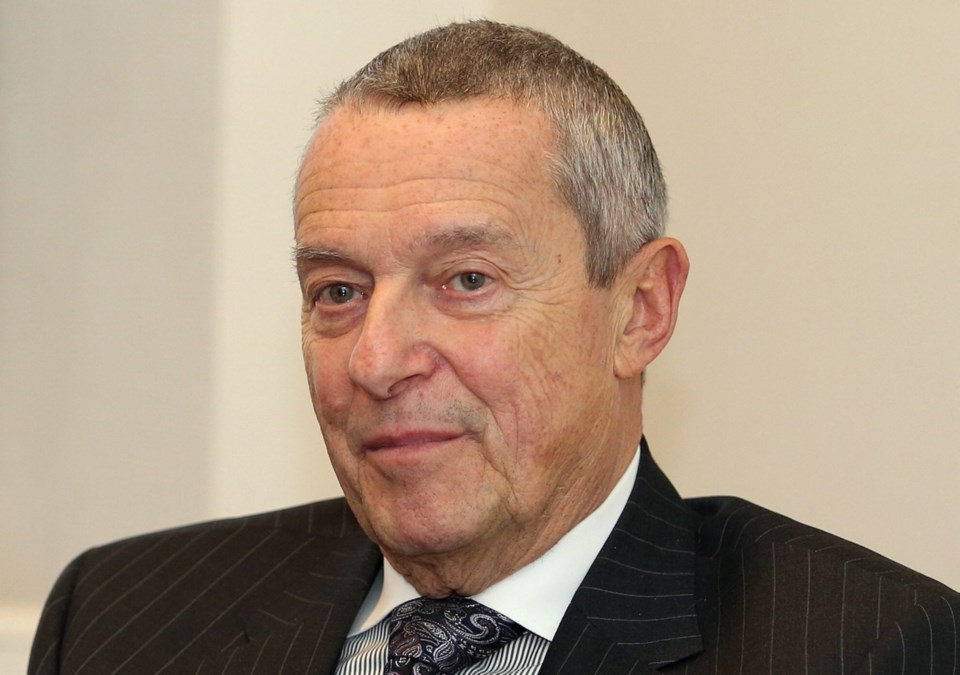 Victoria council has reaffirmed its commitment to studying municipal amalgamation.
Victoria council has reaffirmed its commitment to studying municipal amalgamation.
In related news, Woody Harrelson signed a pro-pot petition.
Of all the capital region’s 347 municipal councils, Victoria’s has traditionally been the one to push hardest for amalgamation, so this week’s vote shouldn’t be a surprise.
Except it took a shove from Coun. Geoff Young to get the A-word included when council tweaked its strategic plan this week. The original proposal would have changed the goal of working with the province on an amalgamation study to the less-explicit objective of working with B.C. on a study of “more effective regional governance.”
Young balked. Eighty per cent of Victorian voters backed amalgamation in a 2014 referendum. “Those are our marching orders from our voters,” he said Thursday. “Why did we ask if we weren’t going to listen?”
Probably for the same reason other politicians have chosen not to listen. In seven of the eight municipalities where some form of amalgamation question was put on the ballot in 2014, voters answered “yes,” but those results have been steadfastly ignored. When B.C.’s communities minister, Peter Fassbender, finally herded all the area’s mayors together in December, talk of amalgamation had largely given way to a broader discussion of regional governance, with an emphasis on integration and collaboration — sharing services, not knocking down political boundaries. That would keep all 90-odd local councillors safe in their silos.
That suits many of them just fine. “People who get into public office quickly begin to feel that their wisdom is indispensable,” Young says. They truly believe the status quo is best, that smaller municipalities mean more grassroots, accessible government.
The flip side is you end up with councils with political bents that reflect particular constituencies, not the larger whole. (Young figures if you took the two most left-wing councillors in Victoria and put them in Langford, and sent the two most right-wing reps in Langford the other way, you’d end up with a pretty broad cross-section of opinion.) In Greater Victoria, the result is councils with diverse, and sometimes conflicting, philosophical approaches to everything from growth to transportation to homelessness and policing priorities.
They end up applying a patchwork of decisions to what is effectively one medium-sized city, even if politicians sometimes treat it as a series of islands. (In Langford, a commuter park-and-ride lot was criticized because it would take people out of the community, not bring them in. In Victoria, people were asked why council should help tour bus operators who want to carry visitors to Butchart Gardens, which is apparently in Toronto.)
Victoria allows marijuana dispensaries, but Esquimalt rejects them. Oak Bay pretends urban deer can’t jump municipal boundaries. “Biketoria” envisions a $7.75-million two-wheeled heaven that goes to hell when you hit Saanich. Every council gets to make up its own speed limits, so you need an intimate knowledge of municipal boundaries to know how fast to drive, not that it matters in the congestion of the Colwood Crawl, which exists because no one took ownership of the problem of how to move up-Island and West Shore commuters through View Royal and Saanich.
And let’s not even talk about sewage.
There are plenty of reasons to argue against amalgamation, too. All would come out in a study, if only the politicians weren’t standing like a dam between the people and what they asked for.
And that — not the actual question of amalgamation itself — is the real issue. Politicians might see value in a more far-ranging, less-defined look at regional governance, but it takes some impressive, paternalistic hubris to tell the voters that their express wishes don’t matter.
“Minister Fassbender thinks they can just close the door,” said Amalgamation Yes vice-chairman John Vickers on Thursday. “If he thinks he can turn his back on the populace, he’s making a mistake.”
More to the point, he said, so are any local officials who dare to defy their own voters. “People need to impress upon their councils that there is an authority that’s higher than the minister.”
Meanwhile, Fassbender’s latest letter to the mayors speaks only of a proposed framework that “outlines a potential approach, goals and roles for facilitated fact-finding to help identify the real issues and opportunities for capital region municipalities. This could be a basis for a terms of reference for a consultant.”
Fine, just as long as what they come up with includes giving the voters what they asked for: the chance to make an informed vote on amalgamation.



